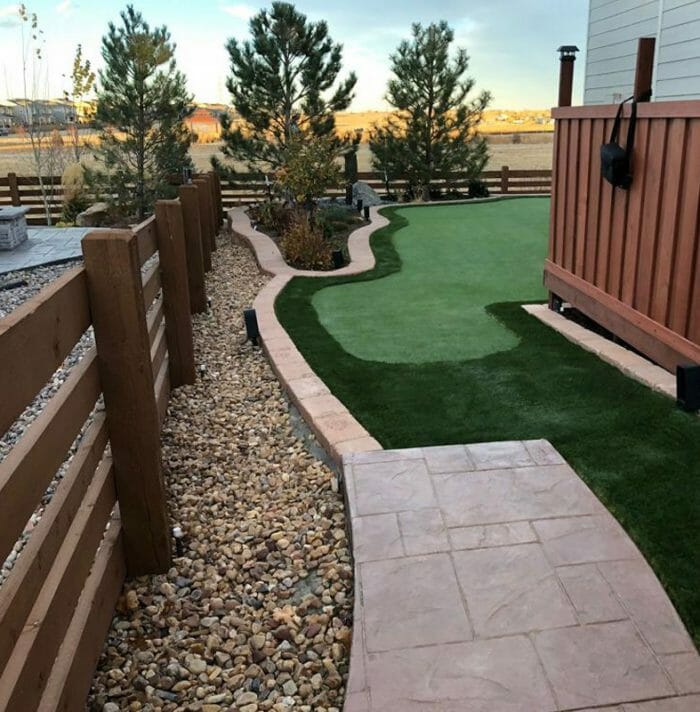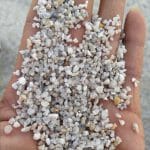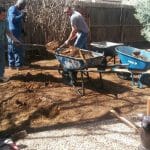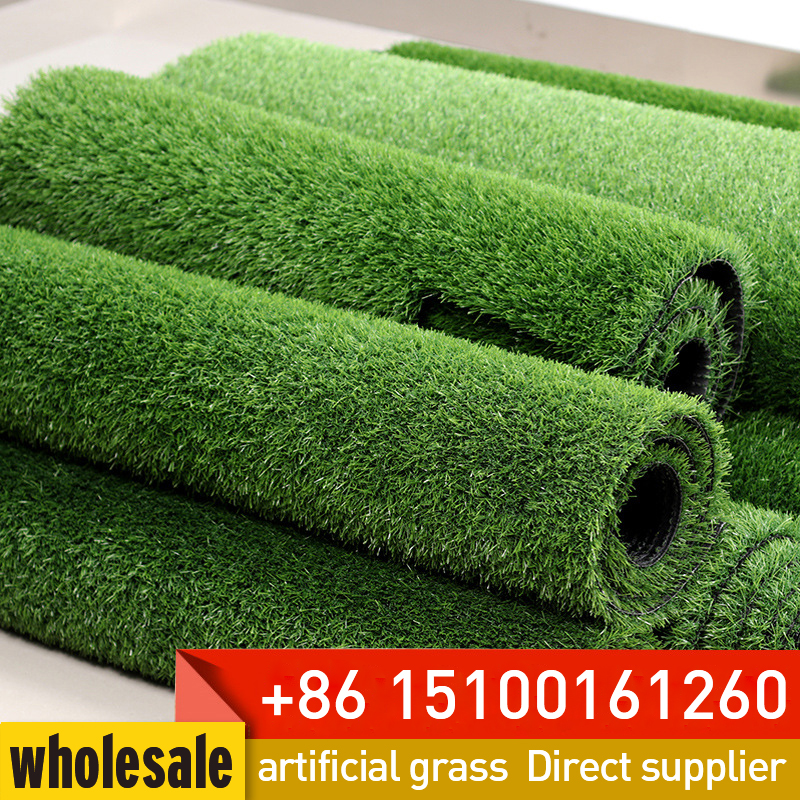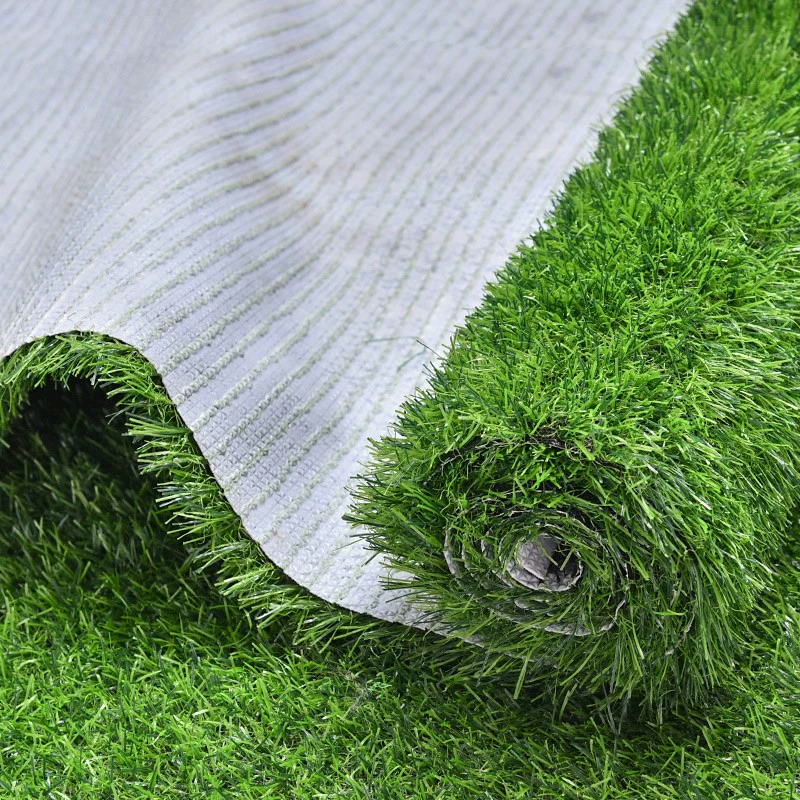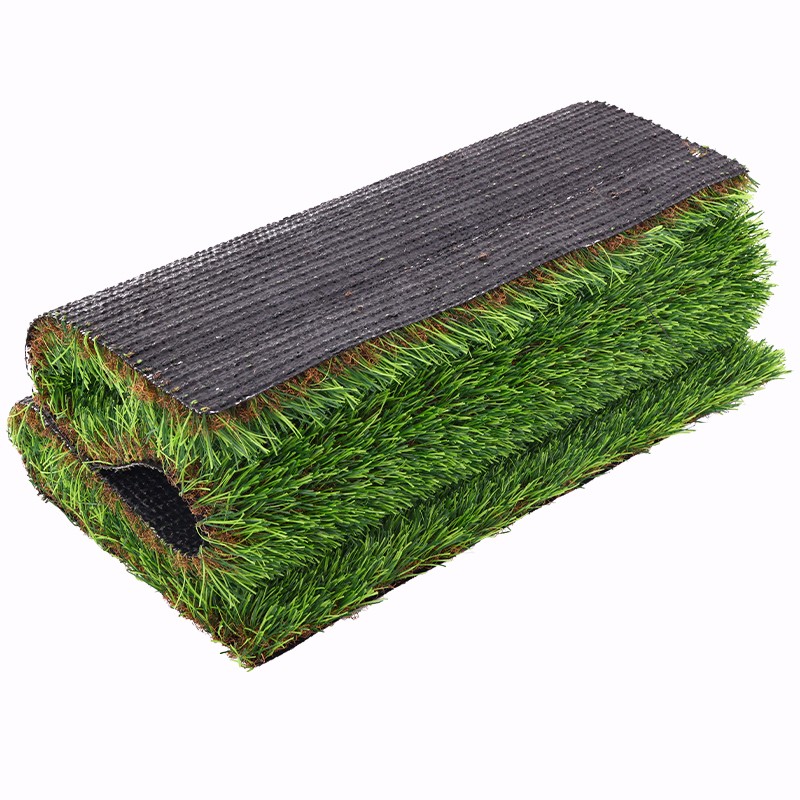
Edging plays a crucial role in the overall appearance, stability, and longevity of your artificial grass installation. It provides a clean and defined border while preventing the edges from fraying or shifting. Selecting the right edging for your artificial grass can greatly enhance the aesthetics and functionality of your outdoor space. In this guide, we’ll explore various options for edging and provide insights to help you make an informed decision.
1. Bender Board Edging:
Bender board, also known as flexible wood edging, is a popular choice for artificial grass installations. Made from recycled plastic or wood, it offers a flexible and customizable solution. Bender board is easy to install, creating smooth curves and straight lines, and it can be secured with stakes.
2. Metal Edging:
Metal edging, such as aluminum or steel, is a durable and long-lasting option. It provides a clean, modern look and effectively keeps the edges of your artificial grass in place. Metal edging is great for achieving crisp lines and is resistant to weather and wear.
3. Plastic Edging:
Plastic edging is a cost-effective and easy-to-install option. It comes in various styles, including roll-top and strip edging. Plastic edging is lightweight, resistant to rot, and provides a clean separation between your artificial grass and other surfaces.
4. Paver Stones:
Using paver stones as edging offers both functionality and aesthetic appeal. These heavy, flat stones can be placed along the perimeter of your artificial grass to create a sturdy border. Pavers come in a variety of sizes, shapes, and colors, allowing you to customize the look to match your landscaping.
5. Concrete Curb Edging:
Concrete curb edging provides a strong and permanent boundary for your artificial grass. It offers a neat and tidy appearance and can be molded into various shapes and sizes. Concrete curbing requires professional installation but ensures a durable and long-lasting solution.
Important Considerations:
– Landscape Style: Choose an edging material that complements the overall design of your outdoor space.
– Installation: Consider your DIY skills and the complexity of installation. Some edging options may require professional help.
– Maintenance: Opt for materials that are low-maintenance and resistant to weather, UV rays, and pests.
– Budget: Evaluate the cost of different edging materials and choose one that fits your budget.
Conclusion:
Selecting the best edging for your artificial grass involves considering factors such as aesthetics, functionality, installation ease, and budget. Each type of edging material offers unique advantages, so it’s important to choose one that aligns with your specific requirements. By investing in high-quality edging, you’ll not only enhance the appearance of your artificial grass but also ensure its long-lasting performance and stability.


